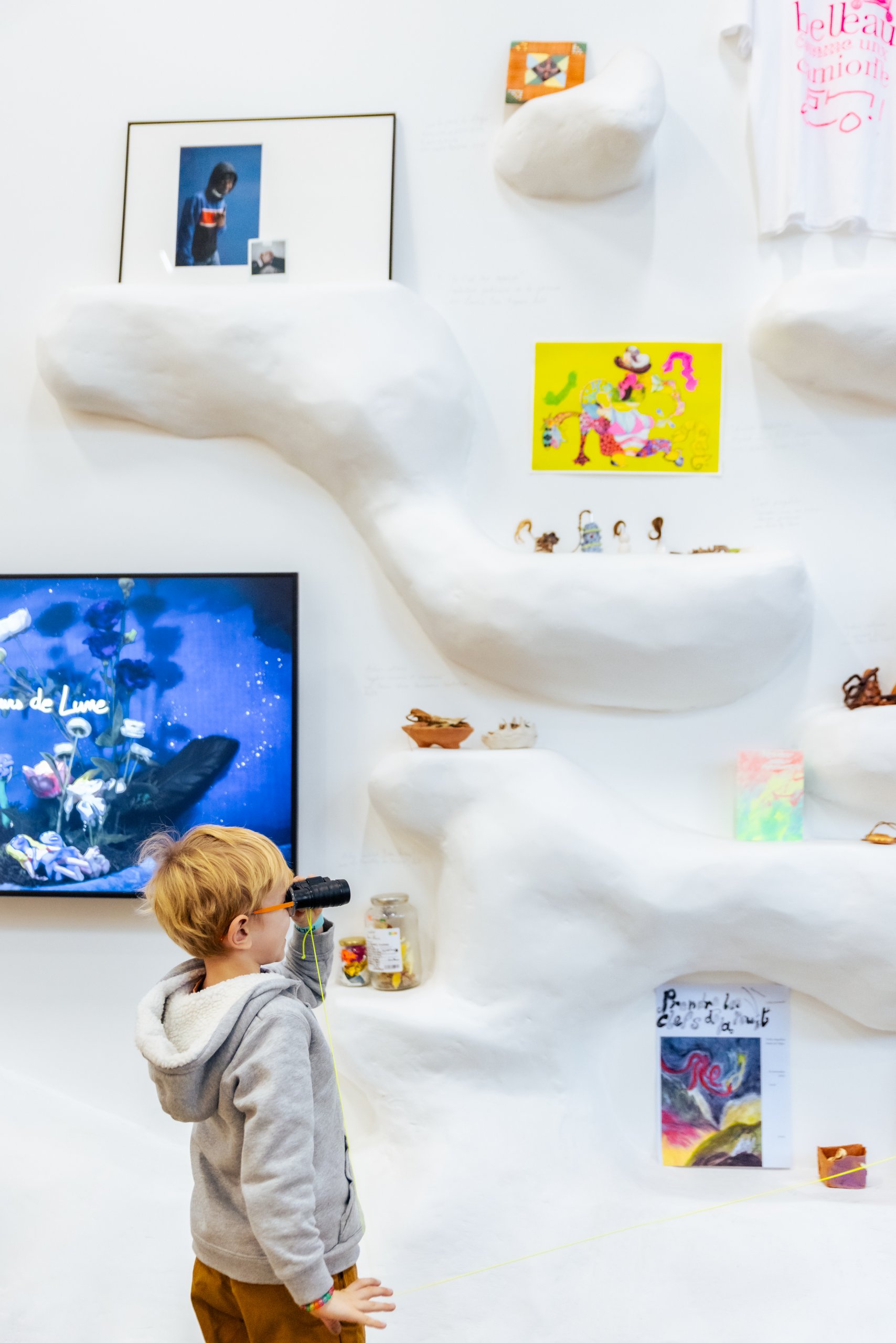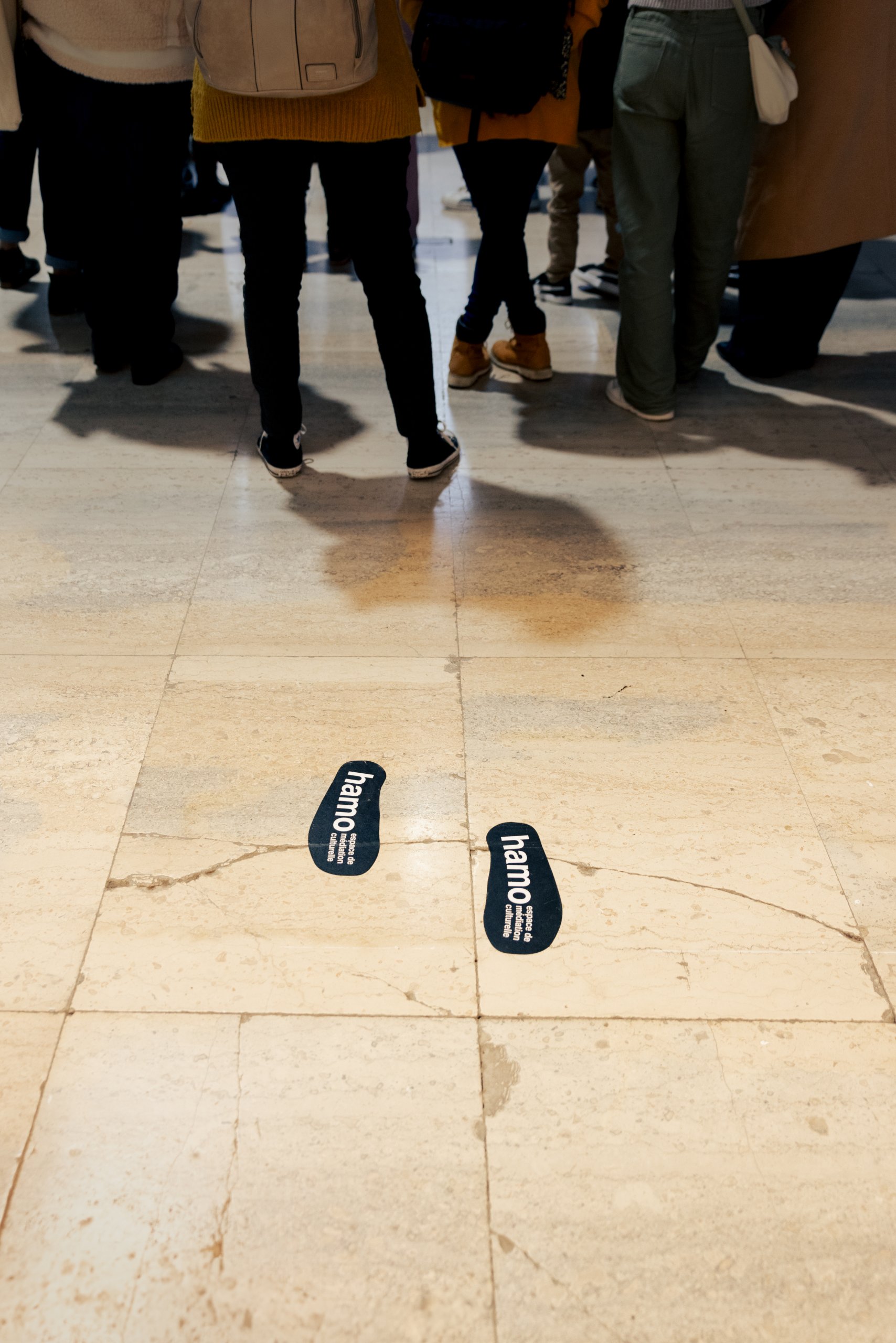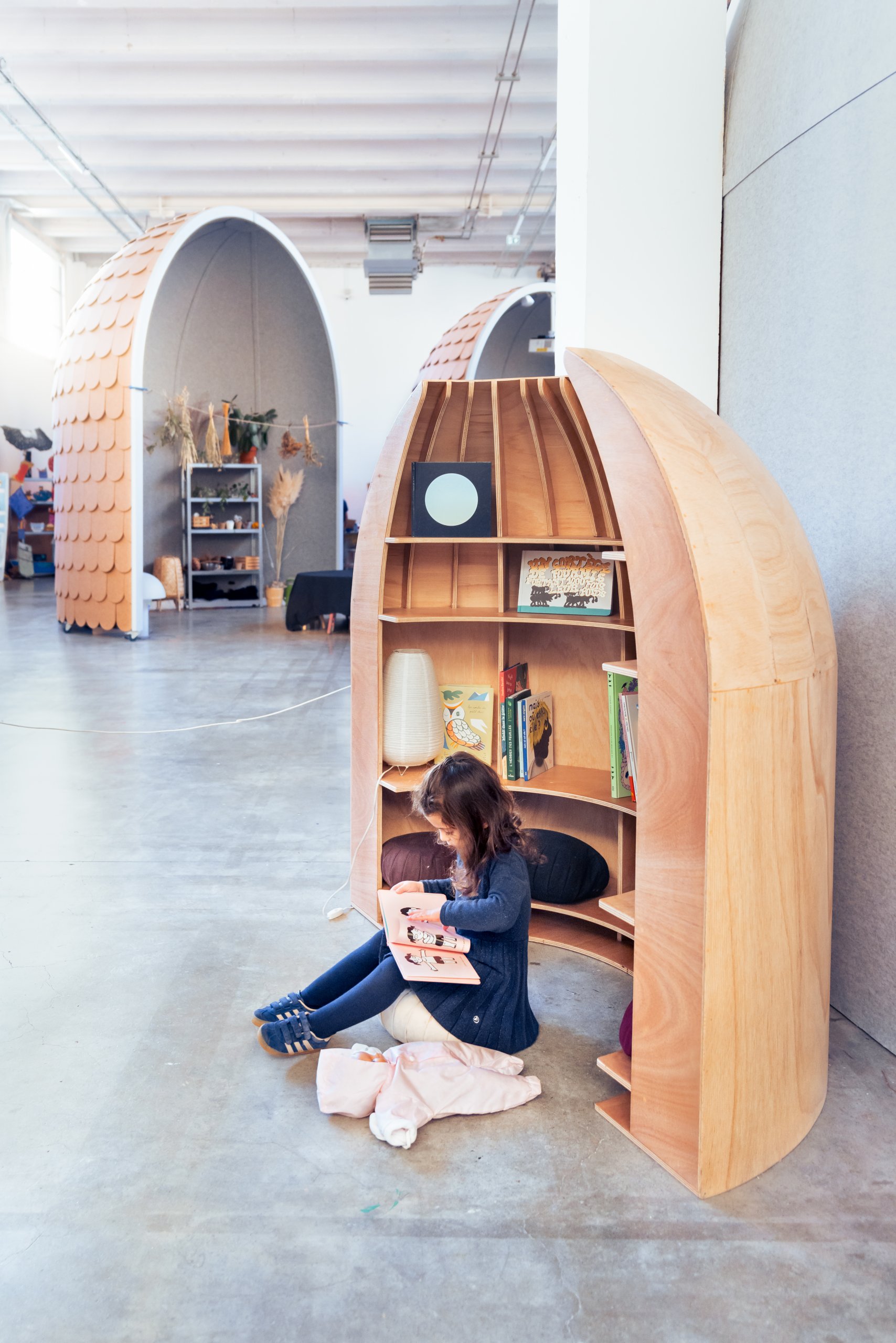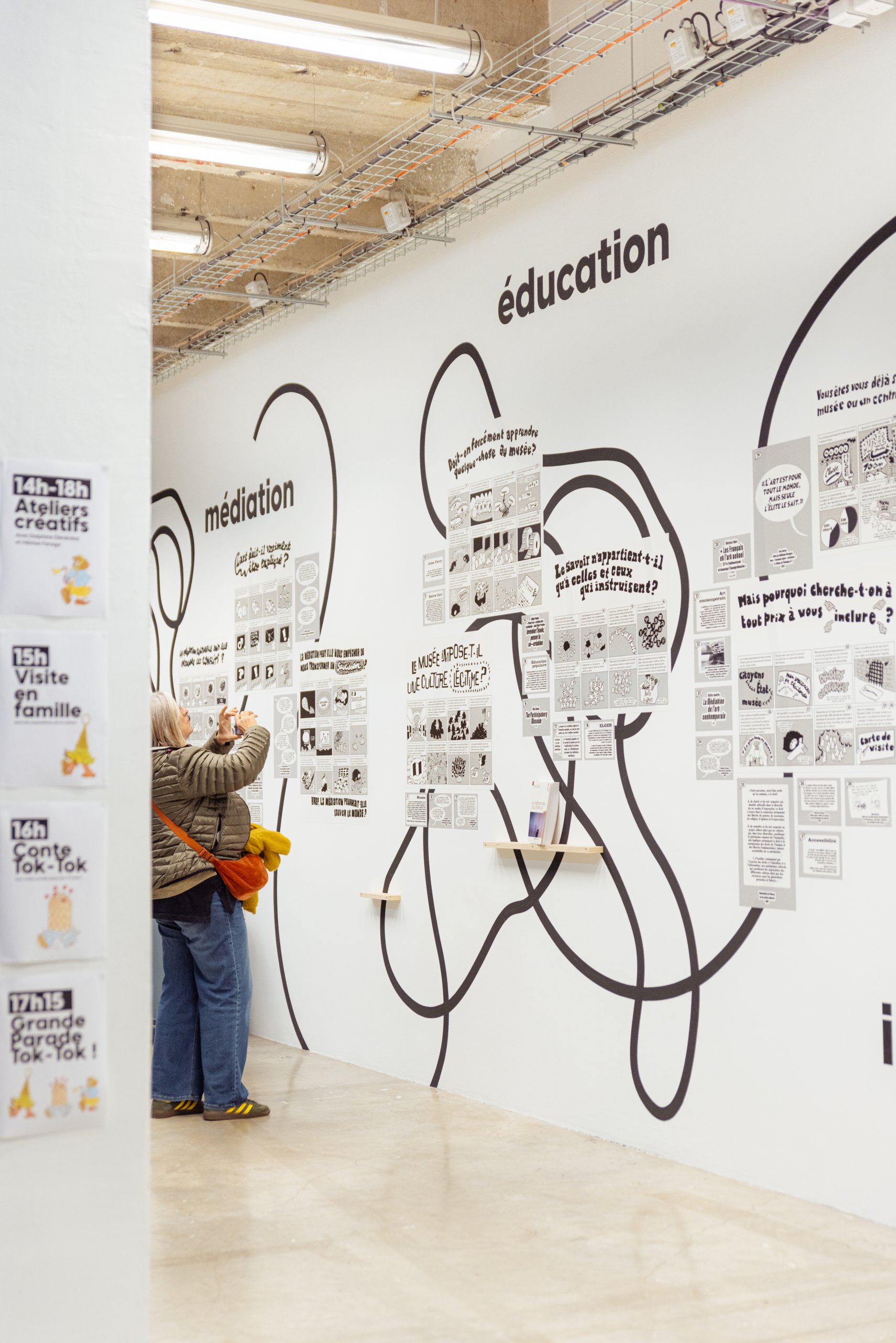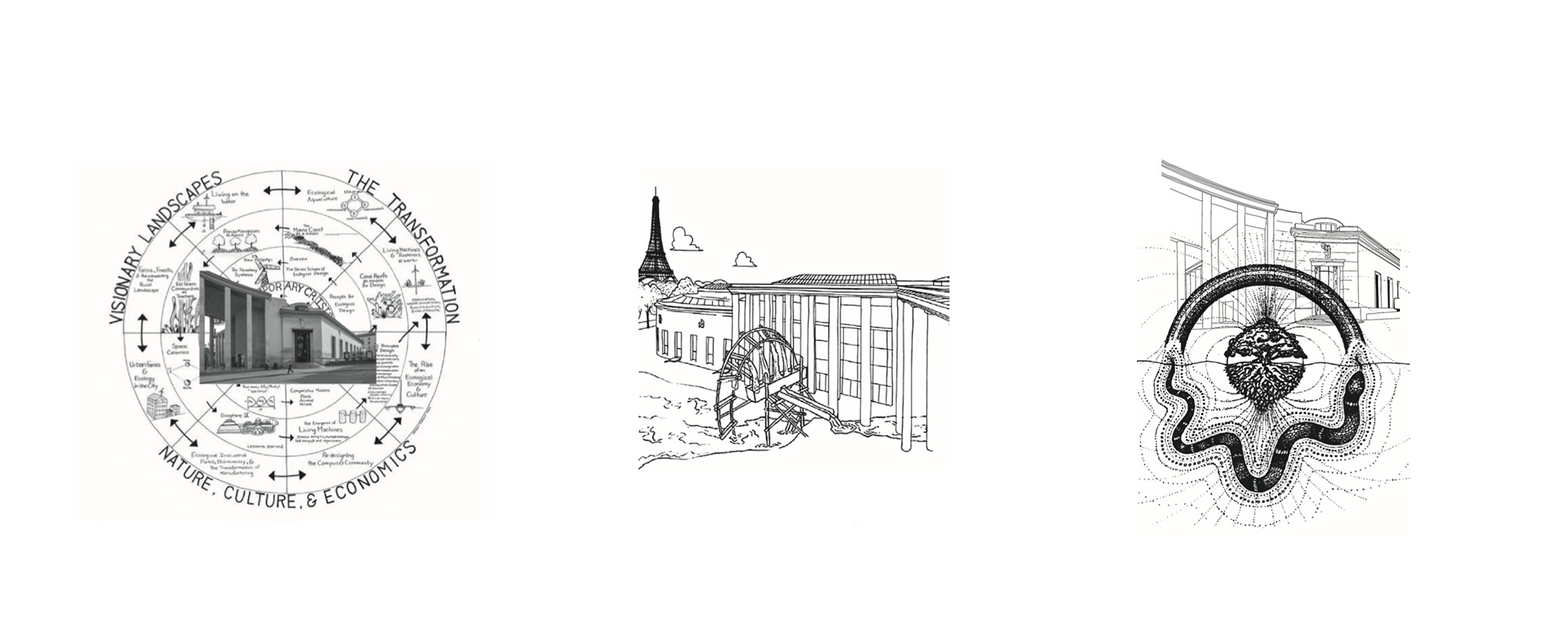SEARCH THE ENTIRE SITE

The Hamo
A space for mediation, education and inclusion
Inaugurated in September 2023, le hamo is the Palais de Tokyo’s cultural mediation space. Accessible from the entrance hall, its central location reflects our desire to bring artworks and audiences closer together in a way that combines institutional permaculture and cultural rights.
The result of a project launched in 2019 thanks to the exceptional support of the Jonathan KS Choi Foundation and the patrons of the cercle art et société, le hamo is designed to welcome the widest possible range of audiences (individual visitors, families, school groups, people experiencing exclusion or disability and other stakeholders, socio-educational intermediaries, etc.), with particular emphasis on mental health. To this end, the Palais de Tokyo has set up a scientific steering committee to assist it in its reflections on the creation of mediation resources for visitors with cognitive and mental disabilities.
Designed by the Freaks Architecture agency, in collaboration with the Palais de Tokyo teams and their socio-educational partners, le hamo is a new, freely accessible territory using warm, ecological materials and forms to bring visitors together for convivial artistic and educational activities and events.
In addition to its educational vocation, the hamo is home to a space dedicated to innovation and the sharing of resources: the salon des communs. This space has been designed to accommodate not only people with special needs, but also partners and professionals from the socio-educational sector, encouraging the emergence of new approaches to art. It can be set up in a variety of ways to provide access to documentary resources, as well as for meetings, discussions and training sessions.

A veritable platform for encounters, le hamo’s vocation is to imagine new ways of imagining and creating. Like a village at the heart of the Palais de Tokyo, it embodies and affirms the social role of an art centre by aiming to bring people together and create points of convergence between cultural mediation and care, so as to encourage the development of shared projects.
